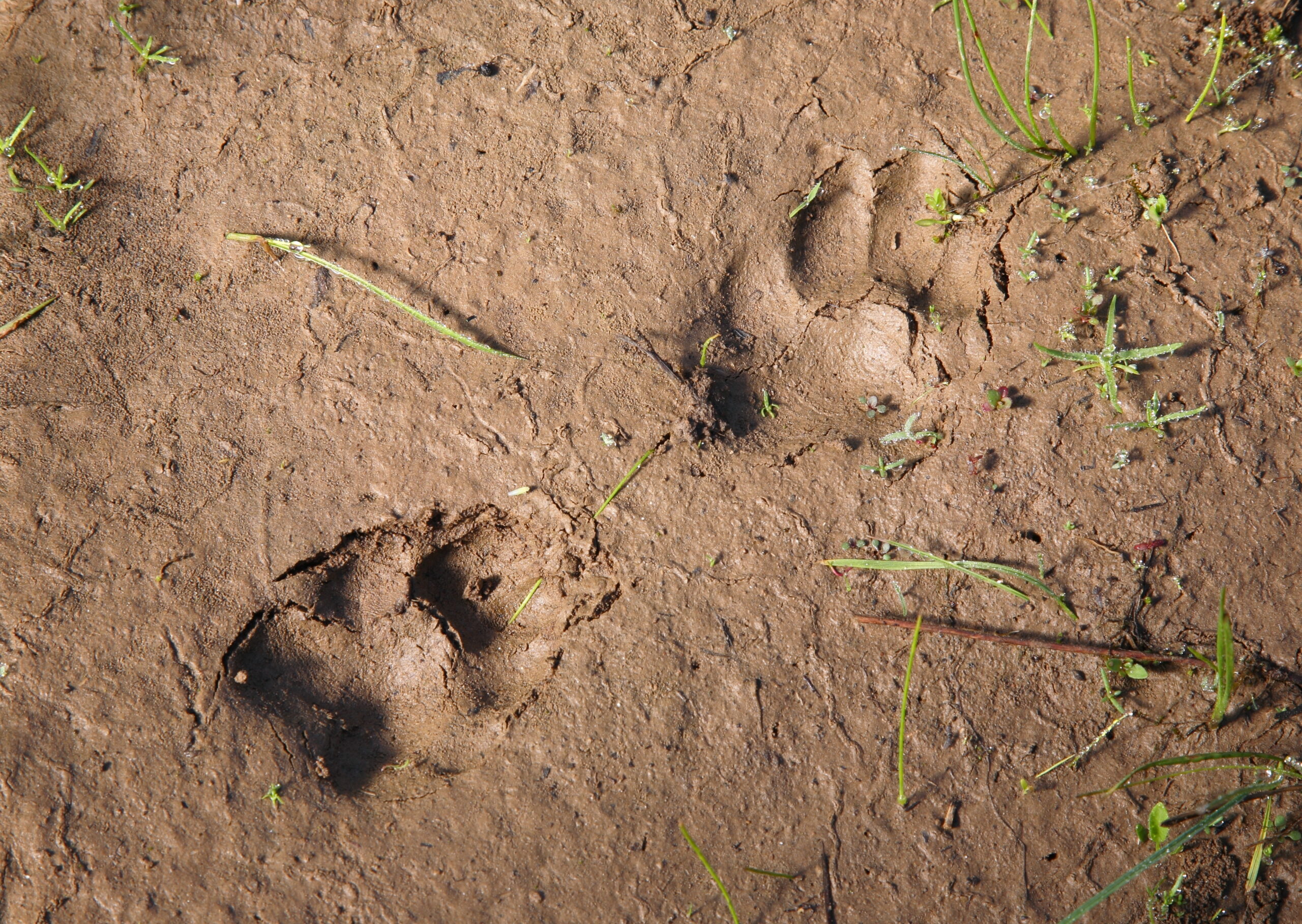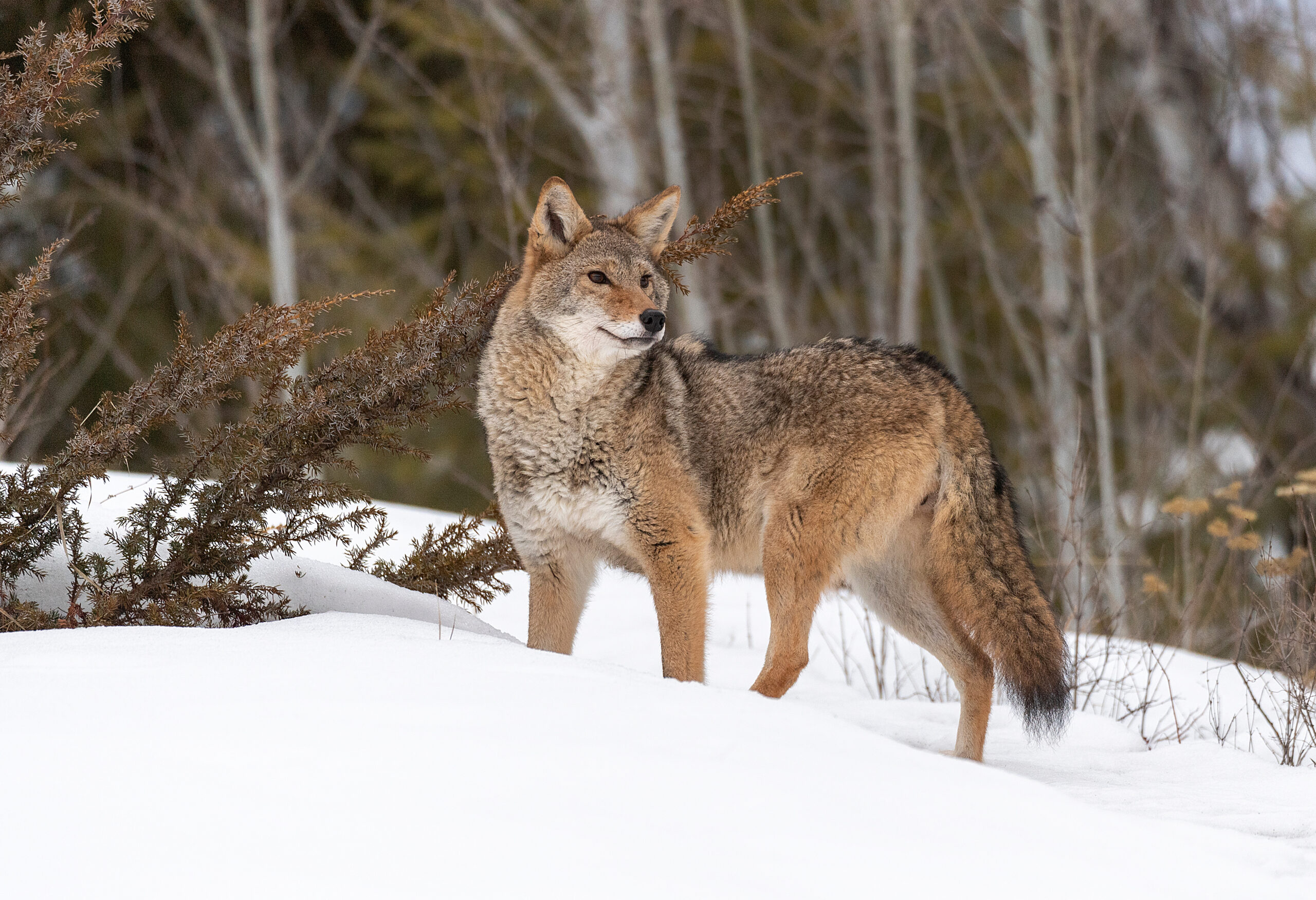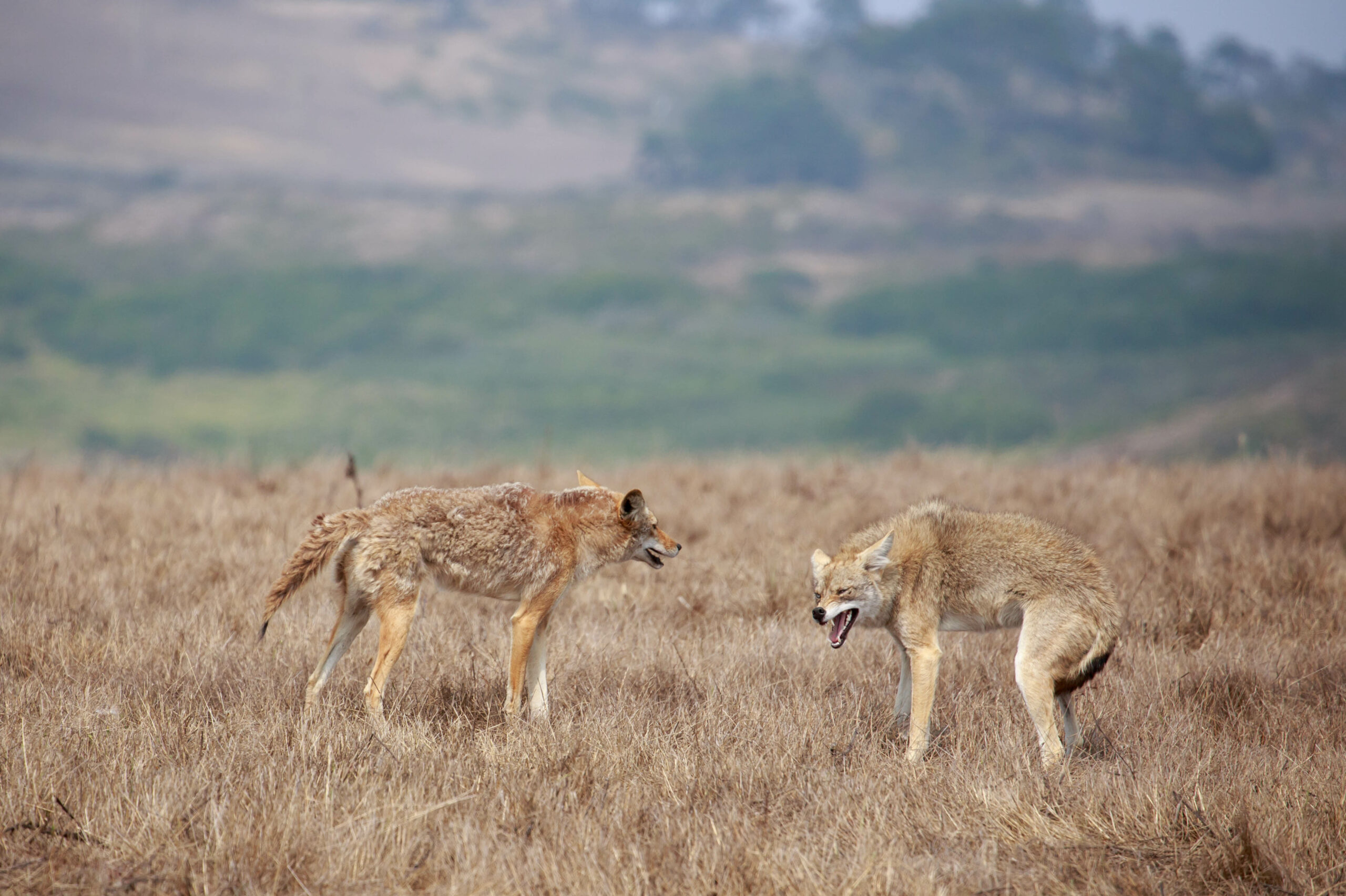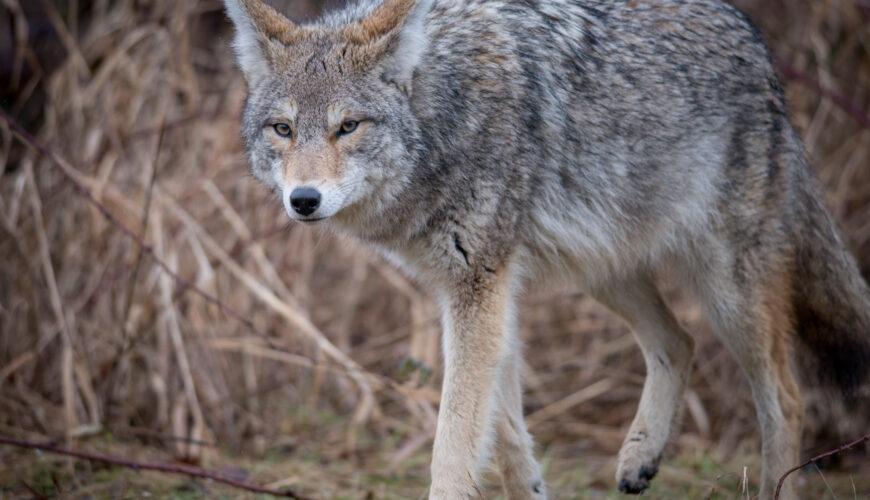Tactics
National Deer Association’s 5 Top Tips for Late-Season Deer Hunting
December 17, 2025 •iSportsman Staff
November 21, 2024
Coyote hunting offers near year-round opportunity in virtually every state. And coyotes are extremely resilient, with packs thriving even in urban areas. Their hardiness and adaptability means populations need to be monitored and managed. During hunting doldrums, calling coyotes can lead to frenetic and chaotic nights. The skills necessary to hunt coyotes are simple, which makes it easy to pick up no matter your experience level.
It can seem that coyotes are everywhere, but their constant search for food will help focus your efforts to find them. Their prey have patterns and areas of concentration that these predators follow closely. Additionally, small game and rodents can consistently be found near water sources, making this another easy coyote spot.

Coyotes have home ranges centering around a den site. The distance they range depends on the difficulty of finding food in the area. When alarmed, coyotes will retreat in the direction where they feel most secure, often towards their homebase. A fleeing coyote can be a good indicator of where to start on your next hunt.
Coyotes rut in late winter and will pair up if unmated. Alluring calls of females in heat or estrus chirps will really bring in the lovelorn males. Late spring puppies will begin to emerge from dens, and those whimpering or screaming tend to have the best results. You should take advantage of the protective nature of parents — even if the pups aren’t theirs. Towards fall parents and pups will disperse while intruders to established territories will find swift eviction.

Electronic calls offer libraries of call sequences for real coyotes. You should cycle rally howls, distress sequences, female whimpers, and also prey animals based on the situation while hunting coyotes. Use attached speakers and a remote to increase their effectiveness. Include hand calls to add a unique element for a different tone.

Mixing in other calls can increase the realism too. A variety of sounds will intrigue coyotes and they usually have increased confidence when other animals, like crows, are already at the scene. Thinking they are late to dinner makes them approach more recklessly. Territorial and opportunistic, coyotes will respond to a wide variety of sounds; more options on your e-caller allows for fine tuning on exactly what they are looking for that night. Experimenting with all of these will ultimately lead to greater success in locating and drawing in coyotes.
All predators, regardless of size, respond to prey sounds. Bobcats can be an unexpected result from a coyote sit and in western states, mountain lions have appeared to study the sound too. Wolves, as the apex canine, will not tolerate any other presence in their territory. Coyote howling can be an effective method to ignite a rapid fight response. Anytime afield, keep keen eyes to note other game populations fluctuations, trends, and behavior that will enhance your success in upcoming seasons.
On a final note, take a moment to consider how to best represent coyote hunting. Even though they are predators, they are still a game animal and deserve to be treated with respect. Recent anti-hunting efforts have targeted predator hunting for protests — especially coyotes — so it’s important to represent the hunting community the best you can, in practice and methodology.
